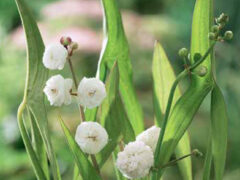
common arrowhead
Sagittaria latifolia
Commonly called arrowhead, duck potato, or wapato, this vigorous marginal aquatic grows arrowhead-shaped leaves and … Continued
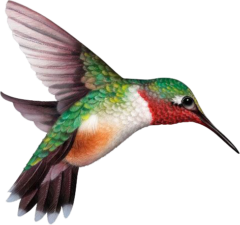 Hummingbirds, bees and butterflies are well-known pollinators, but there are thousands of unsung pollinator heroes, including moths, wasps, flies, and beetles, many mammals, birds, and reptiles, who also take on the job.
Hummingbirds, bees and butterflies are well-known pollinators, but there are thousands of unsung pollinator heroes, including moths, wasps, flies, and beetles, many mammals, birds, and reptiles, who also take on the job.
Pollinators move from plant to plant, fueling up with pollen and nectar from blooming trees, shrubs, perennials, annuals, vegetable plants, and herbs. As they move, the pollinators transport and deposit pollen, fertilizing plants and allowing them to reproduce.
Pollinator plants can be native and non-native, but not all flowering plants are equal when it comes to providing the highest quality protein-rich pollen. Many hybrids don’t even produce pollen at all. The following list includes pollen-rich plants to include in your garden to provide pollinators with food.
Local butterfly expert Lenora Larson has created these informational handouts. You can download them here!
• Butterflies: Flying Flowers in your Garden!
• A Vital Connection: Native Plants and Butterflies
• Long Lips Farm Caterpillar Foodplants
• Butterfly Bartending: Nectar Flowers
• Long Lips Farm: Selected Butterfly Nectar Flowers
• Bee Friendly: Plants for Bees and Other Pollinators
Since 1970 the population of North American birds has dropped nearly 30% — almost three billion birds have vanished from our forests, grasslands, and backyards in less than a human lifetime. It’s a chilling fact that makes it clear that we must act as individuals to help ensure their survival.
Most importantly, ninety-six percent of all terrestrial bird species rear their young on insects so it is also important to grow plants that feed insects to provide a well-rounded habitat in your garden.
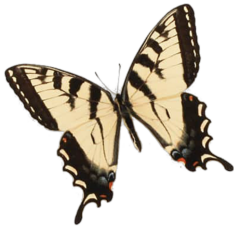

Sagittaria latifolia
Commonly called arrowhead, duck potato, or wapato, this vigorous marginal aquatic grows arrowhead-shaped leaves and … Continued
Salix matsudana ‘Torulosa’
Grow in any soil soils in full sun or shade. Prefers full sun. Prune as … Continued
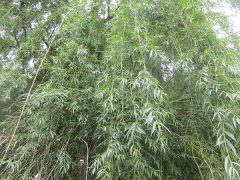
Salix babylonica
These water-loving trees are also drought tolerant and provide valuable wildlife habitat. A harbinger of … Continued
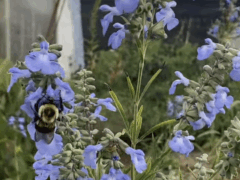
Salvia azurea
Showy large flower spikes of sky blue in late summer and fall. The perfect color … Continued
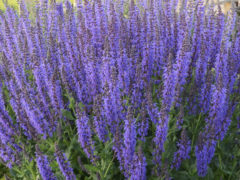
Salvia nemorosa 'May Night' ('Mainacht')
Perennial Plant Association 1997 Perennial Plant of the Year! Award-winning ‘May Night’ salvia is a … Continued
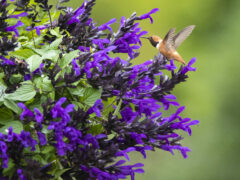
Salvia BODACIOUS™ Hummingbird Falls
This early blooming hybrid keeps flowering through summer and into fall with tall spikes of … Continued
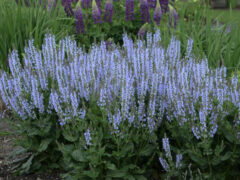
Salvia nemerosa Color Spires® 'Crystal Blue'
Striking cool sky blue flower spikes open over neatly mounded, aromatic foliage. Lovely when planted … Continued
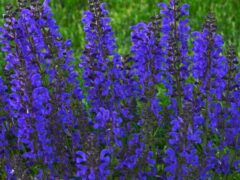
Salvia pratensis Fashionista® Midnight Model
Striking violet-blue flowers are produced in a round, dense perennial. Long-lasting blooms make a beautiful … Continued
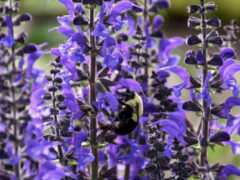
Salvia 'Colorspires Indiglo Girl'
The darkest color bloom from the Colorspires collection, indigo blue flowers with dark calyxes are … Continued
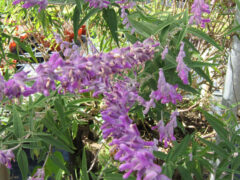
Salvia leucantha
Native to Central America and Mexico. Grown as an annual that grows 2-3’ tall in … Continued
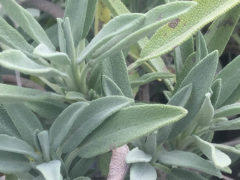
Salvia officinalis
With very broad gray leaves, plants grow great in herb planters and beds. ‘Berggarten’ has … Continued
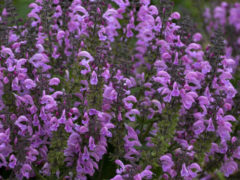
Salvia 'Pretty In Pink'
Vibrant lavender pink flowers on darker pink calyxes over a bloom period. Big, bold blooms … Continued